Home>Garden Essentials>When To Plant Sunflower Seeds In Ohio
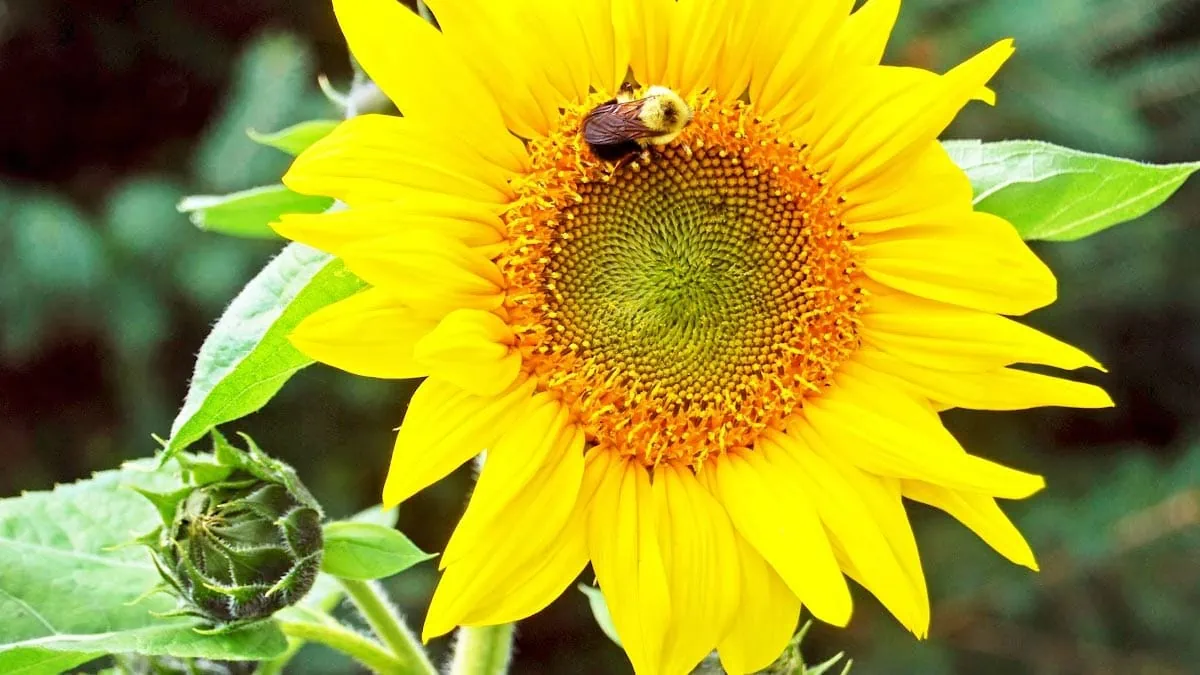

Garden Essentials
When To Plant Sunflower Seeds In Ohio
Modified: October 19, 2024
Discover the ideal time to plant sunflower seeds in Ohio for a thriving garden. Get expert tips and advice for maximizing your sunflower growth.
(Many of the links in this article redirect to a specific reviewed product. Your purchase of these products through affiliate links helps to generate commission for Storables.com, at no extra cost. Learn more)
Introduction
Welcome to the wonderful world of gardening in Ohio, where the soil is rich, the summers are warm, and the gardening opportunities are abundant. One of the most beloved and iconic flowers to grow in this state is the sunflower. With their tall stalks, vibrant colors, and cheerful faces, sunflowers are a favorite among gardeners and nature enthusiasts alike.
Whether you have a sprawling backyard or a small balcony, cultivating sunflowers can be a rewarding and enjoyable experience. Not only do these stunning flowers brighten up any space, but they also attract pollinators and provide a source of food for birds and other wildlife.
Before you embark on your sunflower-growing journey, it’s important to understand the climate and growing zone in Ohio, as well as the best time to plant sunflower seeds in this region. By equipping yourself with this knowledge, you can optimize your chances of success and ensure that your sunflower garden thrives.
In this article, we will explore the climate and growing zone in Ohio, discuss the various sunflower varieties that thrive in this area, provide tips on soil preparation and conditioning, guide you on the best time to plant sunflower seeds, and offer advice on caring for and maintaining your sunflower plants. We will also touch on common pests and diseases to watch out for in Ohio, as well as provide guidance on how to harvest your sunflowers.
So, grab your gardening gloves and get ready to immerse yourself in the world of sunflowers. Let’s dig in and discover the secrets of successfully growing these vibrant and majestic blooms in the lovely state of Ohio.
Key Takeaways:
- Ohio’s diverse climate and growing zones make it suitable for a variety of sunflower types. From towering ‘Russian Giant’ to compact ‘Sunspot’, there’s a sunflower for every garden size and aesthetic preference.
- Late spring is the best time to plant sunflower seeds in Ohio, ensuring warm soil and optimal growth. With proper care and maintenance, you can enjoy the vibrant blooms and nutritious seeds of these cheerful flowers.
Climate and Growing Zone in Ohio
Ohio experiences a diverse climate, with the state being divided into three main climate regions: the northern region, the southern region, and the central region. The northern region of Ohio is characterized by cooler temperatures and a shorter growing season, while the southern region has a longer growing season and higher temperatures during the summer months. The central region falls in between, with moderate temperatures and a moderate growing season.
Understanding the growing zone in Ohio is crucial for successful gardening. The state is primarily located in USDA hardiness zones 5 and 6, with some areas in the southern region falling into zone 7. These zones are used to determine the types of plants that are most likely to thrive in a specific area based on average annual minimum temperatures.
In zone 5, the average minimum temperature ranges from -15 to -10 degrees Fahrenheit (-26 to -23 degrees Celsius), while zone 6 has an average minimum temperature range of -10 to 0 degrees Fahrenheit (-23 to -18 degrees Celsius). Zone 7, found in a small portion of southern Ohio, has an average minimum temperature range of 0 to 10 degrees Fahrenheit (-18 to -12 degrees Celsius).
The variation in temperature across Ohio’s growing zones means that gardeners need to choose plants that are suitable for their specific region. Sunflowers, with their adaptability and resilience, can be grown throughout the state. However, understanding the particular growing conditions in your area will help you select the appropriate sunflower varieties and optimize their growth.
In addition to temperature, it’s important to consider other factors such as rainfall and sunlight when determining the best location for your sunflower garden. Sunflowers thrive in full sunlight, so choose a spot in your garden that receives at least six to eight hours of direct sunlight each day. Adequate rainfall or a well-functioning irrigation system is also important for ensuring the health and vigor of your sunflowers.
Now that we have a better understanding of the climate and growing zones in Ohio, let’s explore the different sunflower varieties that are well-suited for this region.
Sunflower Varieties for Ohio
When it comes to choosing the right sunflower varieties for your garden in Ohio, you have a wide range of options. From towering giants to compact beauties, there are sunflowers to suit every garden size and aesthetic preference.
One popular variety for Ohio gardens is the ‘Russian Giant’ sunflower. As the name suggests, this variety produces massive flowers with striking yellow petals and dark centers. ‘Russian Giant’ sunflowers can reach heights of up to 10-12 feet, making them a stunning focal point in any garden.
For those looking for a more compact option, the ‘Sunspot’ sunflower is a great choice. This variety grows to around 2-3 feet in height and produces vibrant yellow blooms. ‘Sunspot’ sunflowers are ideal for smaller gardens or container planting, adding a pop of color without taking up too much space.
If you’re interested in growing sunflowers for their seed production, the ‘Mammoth’ sunflower is an excellent choice. With its large, plump seeds, this variety is perfect for those who enjoy snacking on sunflower seeds or want to attract birds to their garden. ‘Mammoth’ sunflowers can reach heights of 8-10 feet and produce multiple flower heads.
Another intriguing sunflower variety to consider is the ‘Teddy Bear’ sunflower. This unique variety has fluffy, fully double blooms that resemble fluffy teddy bear faces. ‘Teddy Bear’ sunflowers grow to a height of approximately 2-3 feet and add a touch of whimsy and charm to any garden.
If you’re a fan of multi-colored blooms, the ‘Autumn Beauty’ sunflower is a fantastic choice. This variety produces flowers in various shades of yellow, orange, and red, creating a stunning display of autumn-inspired colors. ‘Autumn Beauty’ sunflowers can reach heights of 5-7 feet, adding a vibrant and dynamic element to your garden.
When selecting sunflower varieties for your Ohio garden, consider factors such as available space, desired height, bloom color, and purpose (e.g., ornamental or seed production). By choosing a variety that suits your preferences and growing conditions, you’ll be on your way to a thriving and visually appealing sunflower garden.
Now that you have an idea of the different sunflower varieties for Ohio, let’s move on to preparing and conditioning your soil to ensure optimal growth and health for your sunflowers.
Soil Preparation and Conditioning
Before planting sunflower seeds in your Ohio garden, it’s important to prepare and condition the soil to create an ideal growing environment for these beautiful blooms. Proper soil preparation and conditioning will ensure that your sunflowers receive the necessary nutrients, drainage, and aeration for healthy growth.
Start by selecting a location with well-draining soil. Sunflowers prefer soil that is loose and loamy, allowing water to easily penetrate while also promoting good root development. If your soil tends to be heavy and clay-like, consider adding organic matter such as compost or well-rotted manure to improve drainage and soil structure.
Remove any weeds or debris from the planting area, as these can compete with sunflowers for nutrients and water. Clearing the area will also help reduce the risk of pests and diseases that can hinder sunflower growth.
Before planting, it’s a good idea to test your soil to determine its pH level. Sunflowers prefer a slightly acidic to neutral pH range of around 6.0 to 7.5. If your soil is too acidic, add lime to raise the pH. Conversely, if your soil is too alkaline, add sulfur or peat moss to lower the pH. Adjusting the pH level will ensure that your sunflowers can absorb essential nutrients from the soil.
Once the soil pH is balanced, it’s time to enrich the soil with organic matter. Incorporate well-rotted compost or aged manure into the top few inches of soil to improve its fertility and provide a rich source of nutrients for your sunflowers. This organic matter helps retain moisture, improves soil structure, and provides a steady release of nutrients as it breaks down over time.
As part of soil preparation, consider adding a balanced slow-release fertilizer. Look for one with equal nitrogen (N), phosphorus (P), and potassium (K) ratios. This will promote overall plant health and encourage strong growth. Follow the package instructions for proper application rates.
Before planting, water the soil thoroughly to ensure it is adequately moist. Sunflower seeds need moisture to germinate, so maintaining proper soil moisture is essential for successful seedling emergence and development.
By taking the time to properly prepare and condition your soil, you provide your sunflowers with the best possible foundation for growth. Once the soil is prepared, it’s time to determine the best time to plant your sunflower seeds in Ohio.
Best Time to Plant Sunflower Seeds in Ohio
The best time to plant sunflower seeds in Ohio is typically in late spring, after the threat of frost has passed and the soil has warmed up. Sunflowers are warm-season plants that thrive in temperatures between 70-78 degrees Fahrenheit (21-26 degrees Celsius).
In most parts of Ohio, the last frost date falls around mid-April to early May. It’s crucial to wait until after this date to ensure that there’s no risk of frost damaging your sunflower seedlings. Planting sunflower seeds too early can result in stunted growth or even death of the plants.
Before planting, check the soil temperature. Sunflower seeds germinate best when the soil temperature is between 50-86 degrees Fahrenheit (10-30 degrees Celsius). Aim for a soil temperature of at least 55 degrees Fahrenheit (13 degrees Celsius) to ensure optimal germination and seedling development.
Once the soil is warm enough, prepare the planting area by creating small holes or furrows. Space the holes or rows approximately 12-18 inches apart to provide enough room for the sunflowers to grow and spread their roots. Plant the sunflower seeds about 1-2 inches deep in the soil, placing 2-3 seeds in each hole.
After planting, lightly cover the seeds with soil and gently pat the soil down to ensure good seed-to-soil contact. Water the planting area well to provide the seeds with the moisture they need to start germinating.
It’s important to provide consistent watering to keep the soil moist but not soggy during the germination and early growth stages. Be mindful not to overwater, as excessive moisture can lead to root rot and other fungal diseases. Once the sunflower seedlings have established and are actively growing, they are generally more tolerant of drier conditions.
The warm temperatures of late spring and early summer in Ohio provide the perfect conditions for sunflower growth. As the days lengthen and the sun shines brighter, your sunflower plants will thrive and begin to reach for the sky.
Now that you know the best time to plant sunflower seeds in Ohio, let’s dive into the process of planting and caring for your sunflower plants.
Plant sunflower seeds in Ohio after the last frost, typically in late April or early May. Choose a sunny spot with well-drained soil and space the seeds 6 inches apart. Keep the soil moist and watch your sunflowers grow!
Read more: When Is Best Time To Plant Sunflower Seeds
Planting Sunflower Seeds
Planting sunflower seeds is a straightforward process that requires just a few steps to ensure successful growth and germination. Whether you’re planting in a garden bed, raised beds, or containers, following these guidelines will help you establish a thriving sunflower garden in Ohio.
1. Prepare the planting area: Clear any weeds or debris from the planting area and loosen the soil with a garden fork or tiller. Rake the soil to create a smooth surface for planting.
2. Choose the right spacing: Sunflowers need ample space to grow, so make sure to leave enough distance between each seed or seedling. For small varieties, space the seeds or seedlings 6-12 inches apart, while larger varieties may require spacing of 18-24 inches.
3. Plant the seeds: Dig small holes or furrows in the soil, approximately 1-2 inches deep. Place 2-3 sunflower seeds in each hole, spacing them evenly. Cover the seeds with soil and gently pat down to ensure good contact between the seeds and the soil.
4. Water the seeds: After planting, give the seeds a thorough watering to moisten the soil. Be careful not to drown the seeds, as excessive water can lead to rotting. Keep the soil consistently moist but not saturated as the seeds germinate and the seedlings emerge.
5. Provide support (if necessary): Depending on the variety and expected height of your sunflowers, you may need to provide support in the form of stakes or trellises. As the seedlings grow, gently tie them to the support structure to prevent bending or breaking.
6. Thin out seedlings (optional): If multiple seedlings sprout in one planting hole, you can thin them out to allow the strongest plant to grow. Carefully remove the weaker seedlings, leaving the healthiest one to reach its full potential.
7. Mulch the soil: Applying a layer of organic mulch around the base of your sunflower plants will help retain soil moisture, suppress weed growth, and regulate soil temperature. Use straw, wood chips, or compost as mulch, ensuring that it doesn’t come in direct contact with the sunflower stems to prevent rot.
8. Monitor and care for the seedlings: Regularly check the soil moisture and water as needed, ensuring that the soil doesn’t dry out completely. Remove any weeds that may compete with the sunflower plants for nutrients and water. Monitor for pests and diseases, utilizing organic pest control methods if necessary.
By following these steps, you’ll set your sunflower seeds on the path to successful germination and growth. With a little patience and care, you’ll soon be rewarded with the sight of vibrant sunflowers reaching for the sun.
Next, let’s learn about the care and maintenance requirements for your sunflower plants to ensure their health and vigor.
Care and Maintenance
Once your sunflower seeds have sprouted and the plants start their journey towards maturity, it’s important to provide proper care and maintenance to ensure their health and vitality. Here are the key aspects to consider when taking care of your sunflower plants in Ohio:
1. Watering: Sunflowers have moderately low water needs, but it’s important to keep the soil consistently moist, especially during dry spells. Water the plants deeply at the base, avoiding getting the leaves wet, as this can encourage disease. Aim to provide about an inch of water per week, supplementing natural rainfall as needed.
2. Fertilization: Sunflowers generally don’t require much fertilization if the soil is adequately prepared. However, if you notice poor growth or lack of vibrant blooms, you can apply a balanced, slow-release fertilizer around the base of the plants. Follow the package instructions for proper dosage and timing.
3. Staking and Support: As your sunflower plants grow taller, it’s important to provide support to prevent them from toppling over with strong winds or heavy rains. Install stakes or use a trellis system to keep the plants upright. Gently tie the main stem to the support structure, taking care not to damage the plant.
4. Weed Control: Regularly remove weeds from the sunflower bed to reduce competition for nutrients and water. Be careful when weeding around the sunflower plants to avoid disturbing the shallow root system. Mulching can also help suppress weed growth and maintain soil moisture.
5. Pruning: Pruning is generally not necessary for sunflowers. However, if you notice any dead or damaged leaves or flowers, you can remove them to maintain the overall appearance of the plants. Additionally, removing spent flowers can redirect the plant’s energy towards producing new blooms.
6. Pests and Diseases: Monitor your sunflower plants for common pests such as aphids, caterpillars, and slugs. If you notice any pest activity, consider using organic pest control methods such as handpicking or applying natural insecticides. Keep an eye out for diseases like powdery mildew or rust. If detected, treat the affected plants with appropriate fungicides.
7. Support Wildlife: Sunflowers are known to attract pollinators like bees and butterflies, which are vital for a thriving garden ecosystem. Embrace these beneficial insects and avoid using harmful chemicals that can harm them. Additionally, harvesting the sunflower seeds and leaving some for the birds can provide a valuable food source for local wildlife.
By implementing these care and maintenance practices, you’ll help your sunflower plants stay healthy and vibrant throughout their growing season. With proper care, you’ll be rewarded with a stunning display of bright, cheerful sunflowers that will bring joy and beauty to your Ohio garden.
Now let’s explore some common pests and diseases that sunflowers may encounter in Ohio, and how to manage and prevent them.
Common Pests and Diseases of Sunflowers in Ohio
While sunflowers are generally hardy and resilient plants, they can still fall victim to certain pests and diseases. Being aware of the common issues that sunflowers in Ohio may face will help you take proactive measures to prevent and manage them. Here are some of the pests and diseases you should watch out for:
1. Aphids: These small, sap-sucking insects can cluster on the undersides of sunflower leaves, causing curling, yellowing, and stunted growth. Use a strong blast of water to dislodge aphids from the plants or apply insecticidal soap or neem oil as a natural control method.
2. Caterpillars: Caterpillars like the sunflower moth caterpillar or the painted lady butterfly caterpillar can chew on sunflower leaves, causing damage. Handpick caterpillars when spotted or use an organic insecticide approved for caterpillar control.
3. Slugs and Snails: These slimy pests can cause significant damage to sunflower leaves and stems. Keep the garden area free of debris where they can hide and consider using physical barriers or organic slug pellets to control their population.
4. Powdery Mildew: This fungal disease appears as a white, powdery coating on sunflower leaves, stems, and flowers. Improve air circulation by spacing plants adequately and avoid overhead watering. If the disease persists, treat with a fungicidal spray labeled for powdery mildew control.
5. Rust: Rust is another fungal disease that affects sunflowers, causing orange or rusty-colored pustules on the leaves and stems. Remove any infected plant material and treat with a suitable fungicide to prevent its spread to healthy plants.
6. Downy Mildew: Downy mildew appears as yellow patches on the upper surface of sunflower leaves, with a corresponding fuzzy grayish growth on the undersides. Improve air circulation and avoid overhead watering to prevent this disease. Fungicidal sprays may be necessary in severe cases.
7. Birds: While not a direct pest, birds can sometimes feast on sunflower seeds before they have fully matured. To protect your sunflower seeds, consider covering the flower heads with lightweight netting or harvesting them before the birds get to them.
Regular monitoring and early intervention are key to managing pests and diseases effectively. Implementing good cultural practices such as proper spacing, adequate watering, and maintaining a clean garden environment will also help reduce susceptibility to these issues.
Remember, prevention is always better than cure. Choose disease-resistant sunflower varieties, rotate your crops, and practice good garden sanitation to minimize the risk of pests and diseases affecting your sunflower plants.
With proper care and vigilance, your sunflowers will thrive and bring joy with their vibrant blooms. Now, let’s move on to the exciting part – harvesting your sunflowers!
Harvesting Sunflowers
After months of nurturing and watching your sunflowers grow and bloom, it’s time to reap the rewards of your efforts by harvesting the beautiful flower heads and enjoying the bountiful seeds they produce. Here are some tips for harvesting sunflowers in Ohio:
1. Timing: The timing of your sunflower harvest depends on the purpose for which you are growing them. If you are growing sunflowers for their vibrant blooms, harvest them when the petals are fully open and the flowers are at their peak beauty. However, if you’re growing sunflowers for their seeds, wait until the back of the flower head turns yellow or brown, and the petals begin to droop.
2. Cutting the Flower Heads: When harvesting sunflower flower heads, use sharp garden scissors or pruning shears to cut the stem about 12-18 inches below the flower head. Leave some stem attached to make it easier for handling and display. Cutting at an angle helps the flower head absorb water when placed in a vase.
3. Drying the Flower Heads: To preserve the beauty of your sunflower blooms, hang them upside down in a dry, well-ventilated area away from direct sunlight. This allows the petals and seeds to dry naturally. Once fully dried, you can use the sunflowers for festive decorations, crafts, or flower arrangements.
4. Harvesting Sunflower Seeds: If you grew sunflowers for their seeds, wait until the flower heads are completely dry and the back of the heads turn brown. Cut the heads off the stem about 4-6 inches below the heads. Place the sunflower heads in a well-ventilated area and allow them to dry further until the seeds become loose and easy to remove.
5. Extracting Sunflower Seeds: Once the sunflower heads are dry, gently rub or shake them to loosen the seeds. To separate the seeds from the rest of the flower head, you can use your hands, a fork, or a comb-like tool. Spread out a clean cloth or a large container underneath to catch the falling seeds, and discard any debris or chaff.
6. Storing Sunflower Seeds: After harvesting, store the sunflower seeds in a cool, dry place, such as an airtight container or a sealed plastic bag. Keep them away from moisture and sunlight to maintain their freshness. The seeds can be used for snacking, baking, or replanting in the next growing season.
Harvesting sunflowers not only provides you with beautiful blooms or nutritious seeds but also offers the opportunity to get creative with crafts or enjoy the satisfaction of growing your own food. So, take the time to savor the harvest and the fruits of your labor.
As you reflect on your sunflower-growing experience, remember to save some seeds for replanting next year and share the joy of gardening with others. The cycle of sunflower life continues, filling your garden with beauty and optimism.
Congratulations on successfully harvesting your sunflowers, and enjoy the rewards of your hard work!
Now, to conclude our journey, let’s summarize what we’ve covered and reflect on the joys of growing sunflowers in Ohio.
Read more: When To Plant Black Oil Sunflower Seeds
Conclusion
Cultivating sunflowers in Ohio is a delightful and rewarding endeavor. From their tall and vibrant blooms to their nutritious seeds, sunflowers bring beauty, charm, and joy to any garden or landscape. By understanding the climate and growing zone in Ohio, selecting suitable sunflower varieties, preparing the soil, and planting at the right time, you can create a thriving sunflower garden in your own backyard.
Throughout this journey, we’ve explored the climate and growing zone in Ohio, discussed various sunflower varieties that thrive in this region, and learned about soil preparation and conditioning. We’ve also discovered the best time to plant sunflower seeds and explored the process of planting and caring for sunflower plants. We’ve touched on common pests and diseases to watch out for and learned how to harvest both the stunning flower heads and nutritious seeds.
By implementing proper care and maintenance techniques, such as watering, fertilizing, providing support, and managing pests and diseases, you’ll ensure the health and vitality of your sunflower plants. Remember the importance of wildlife in your garden ecosystem and embrace the beneficial insects that sunflowers attract.
As you harvest your sunflowers and enjoy their beauty and the rewards they provide, take a moment to reflect on the journey you’ve taken. Growing sunflowers in Ohio is more than just a horticultural experience – it’s a journey of patience, dedication, and connection to the natural world.
Whether you choose to display sunflower blooms in a vase, use them for crafts or bouquets, or enjoy the nutritious benefits of sunflower seeds, know that your efforts have contributed to the beauty and sustainability of your local environment.
As each season passes, remember to save some seeds for the next year and continue the cycle of growth and beauty. Share your sunflower seeds and knowledge with friends, family, and fellow gardeners, allowing the joy of sunflower cultivation to spread and inspire others.
So, as you embark on the journey of growing sunflowers in Ohio, may you find delight in each step, from planting the seeds to witnessing their growth, and finally, reaping the rewards of your hard work. Embrace the beauty and warmth that sunflowers bring, and let the magic of gardening fill your heart and your surroundings.
Happy gardening and may your sunflower garden continue to flourish!
Now that you've got the scoop on planting sunflowers in Ohio, why stop there? Gardening in this state offers more than just towering blooms. Dive into our comprehensive guide on starting a garden in Ohio. From timing and techniques to selecting the right plants, you'll find everything needed to make your garden flourish. Don't miss out on mastering Ohio's growing seasons.
Frequently Asked Questions about When To Plant Sunflower Seeds In Ohio
Was this page helpful?
At Storables.com, we guarantee accurate and reliable information. Our content, validated by Expert Board Contributors, is crafted following stringent Editorial Policies. We're committed to providing you with well-researched, expert-backed insights for all your informational needs.
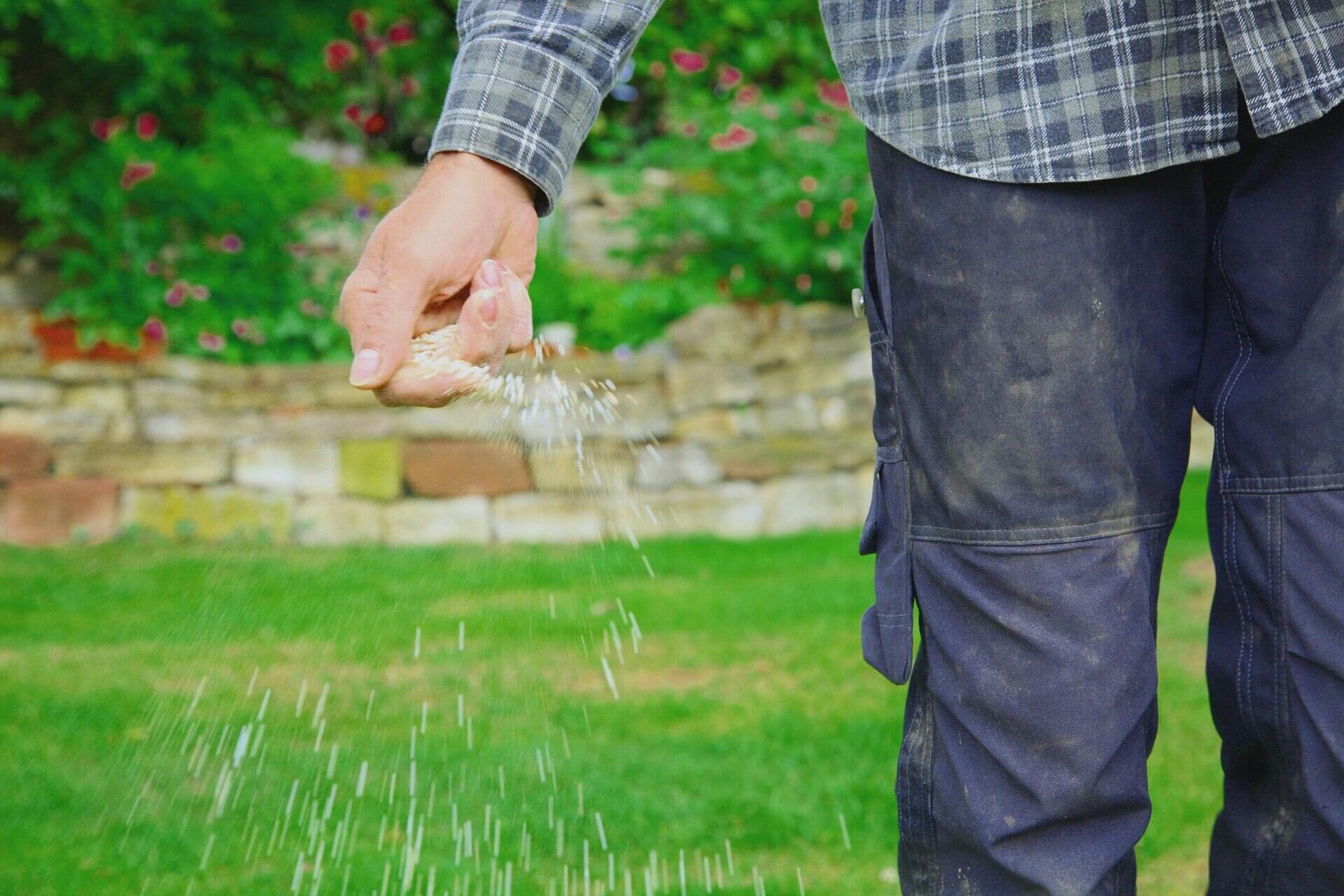

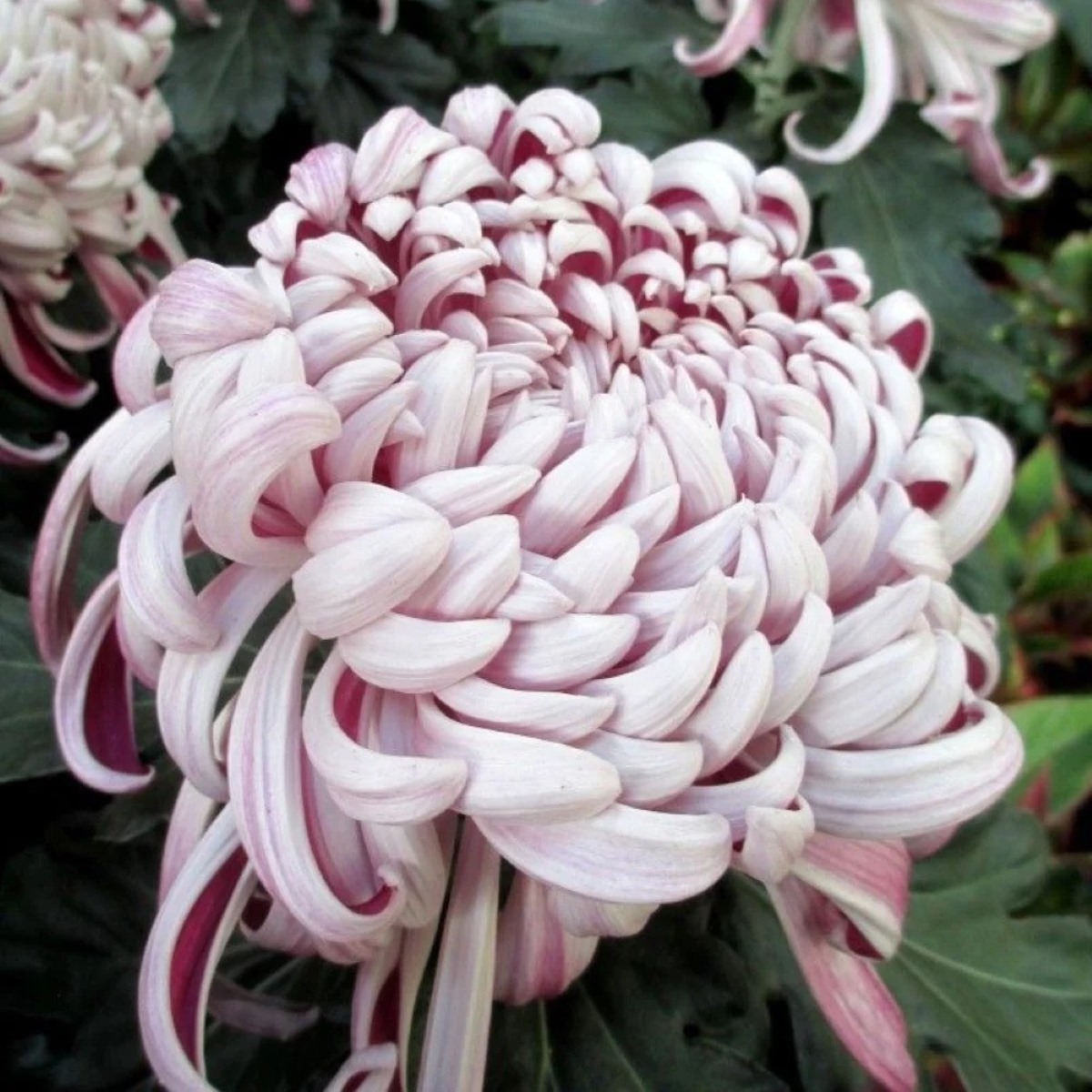
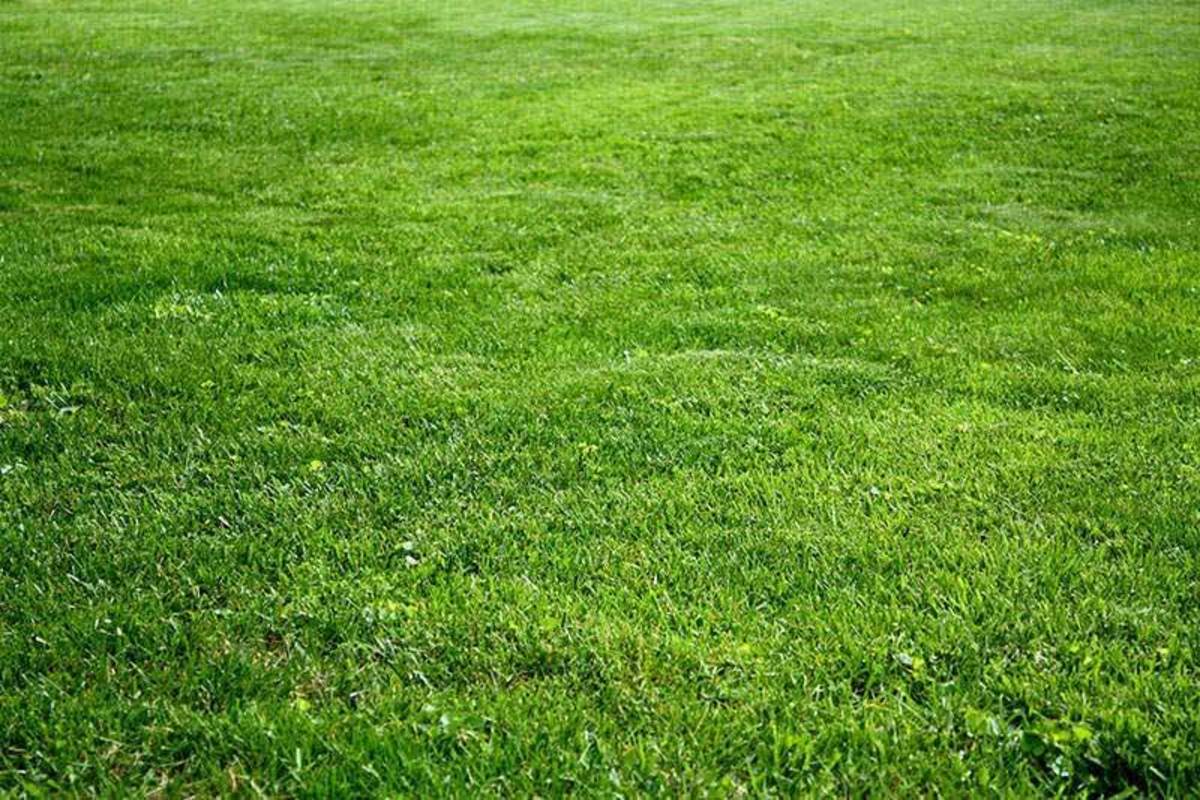

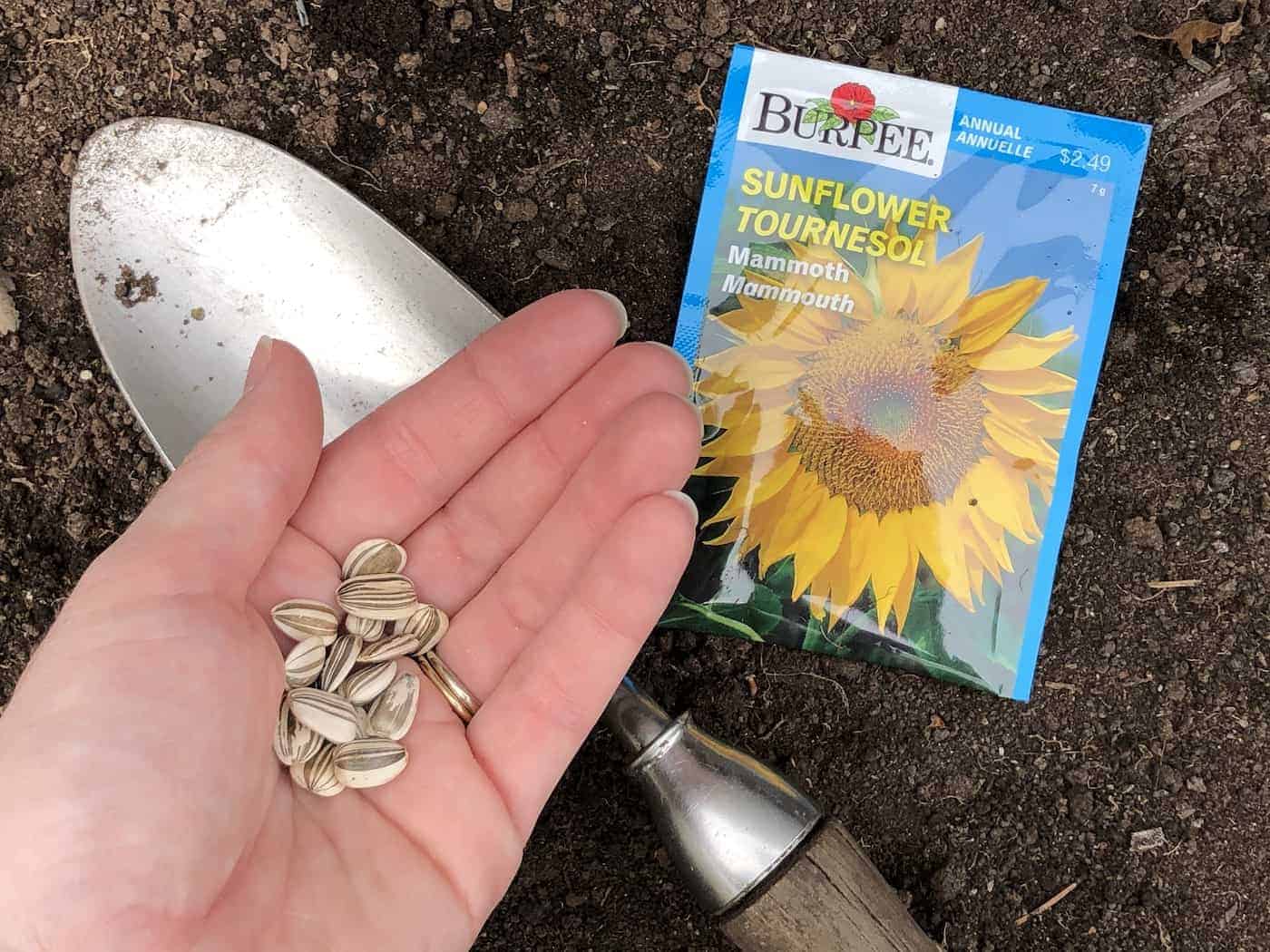
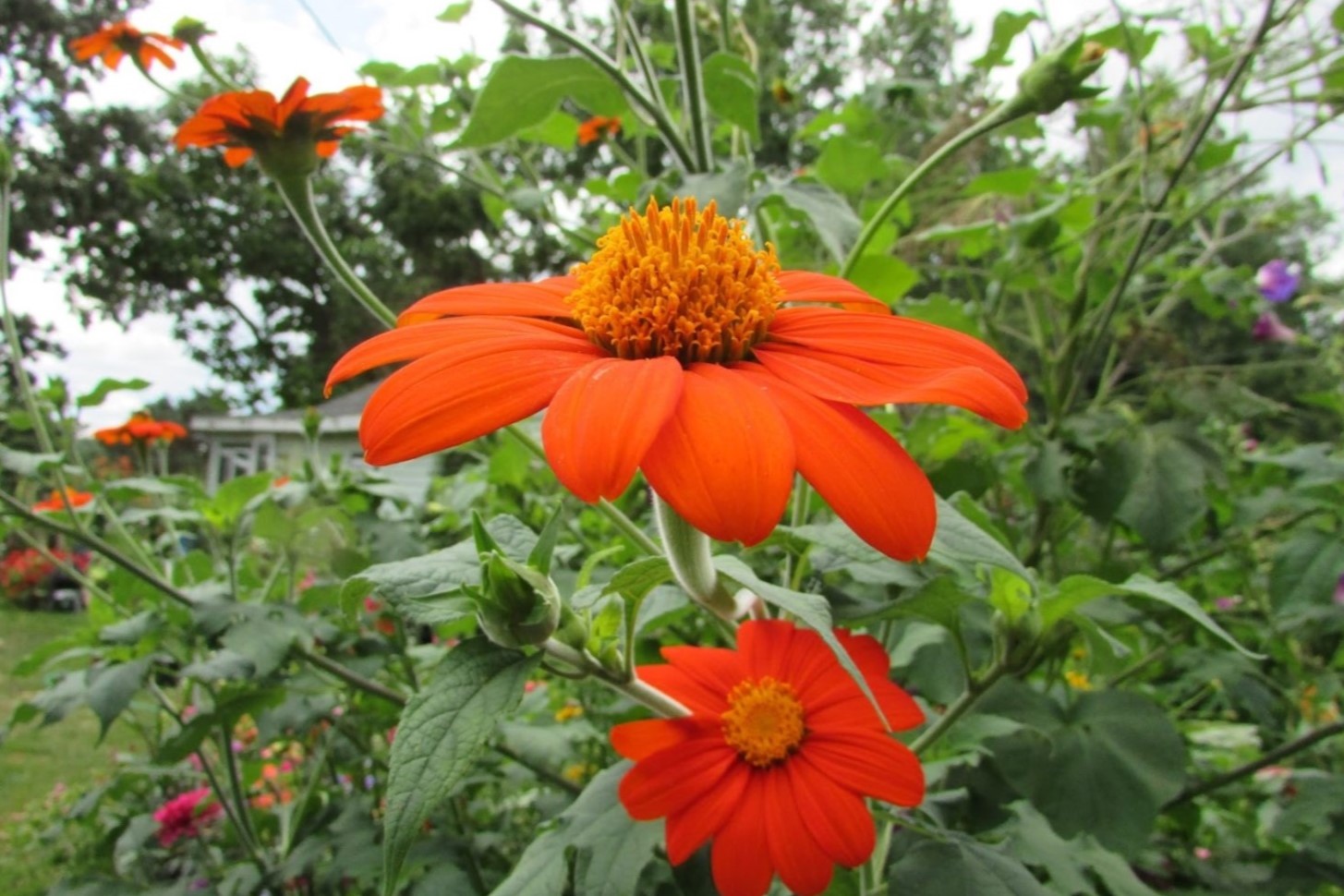
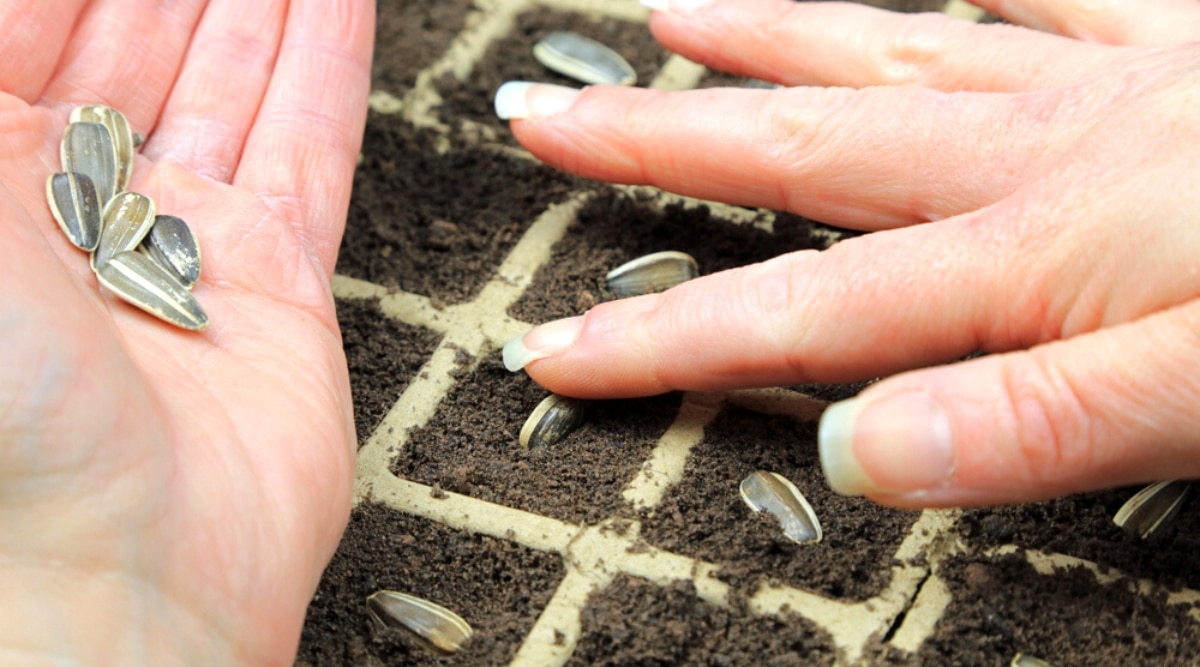
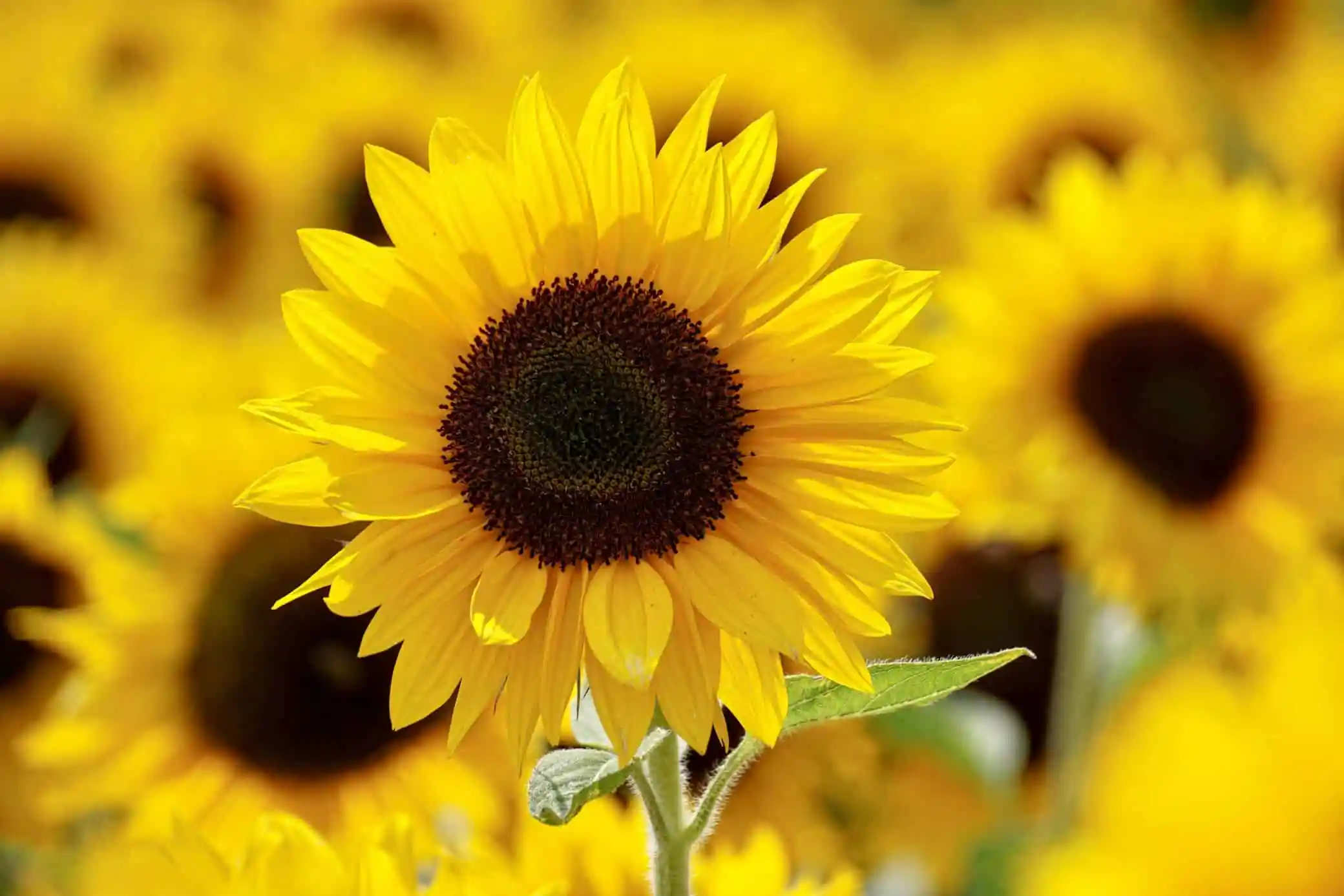
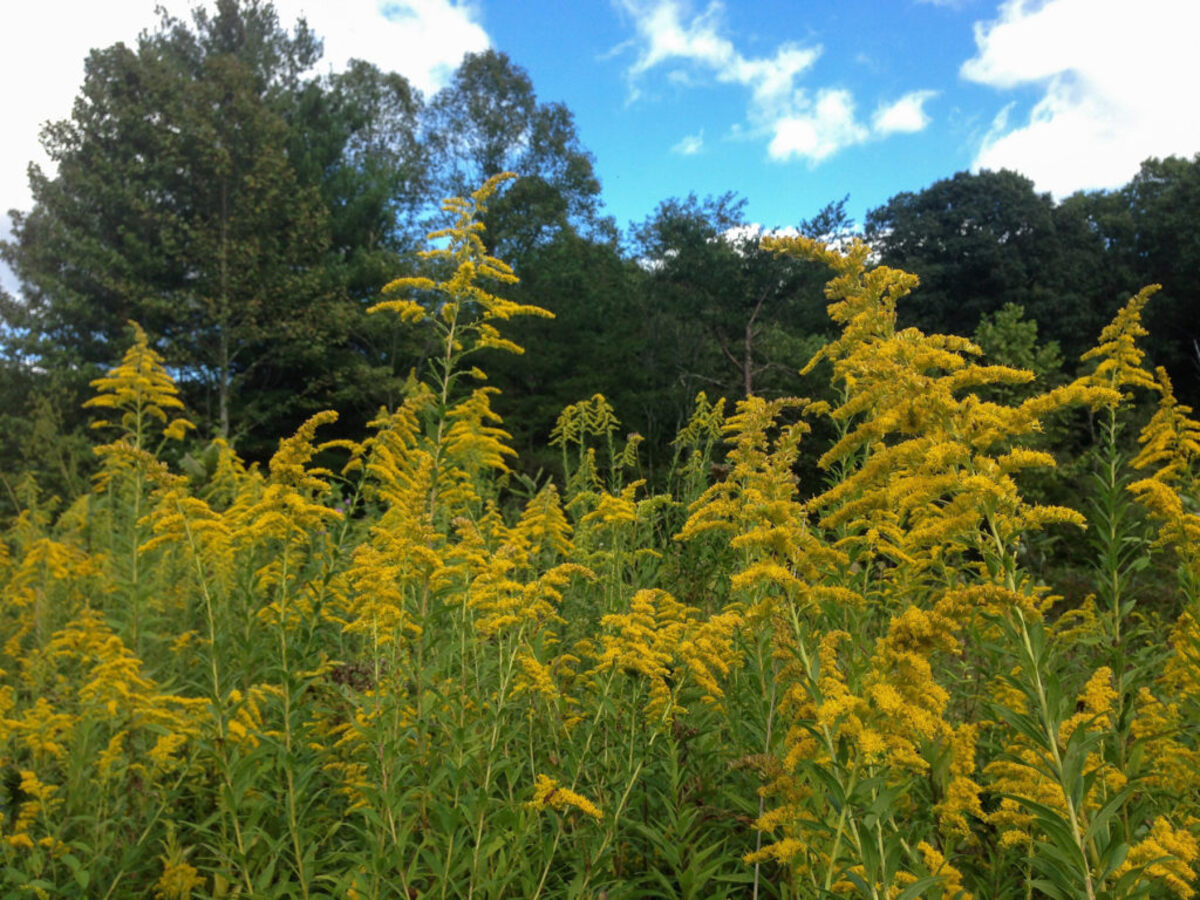
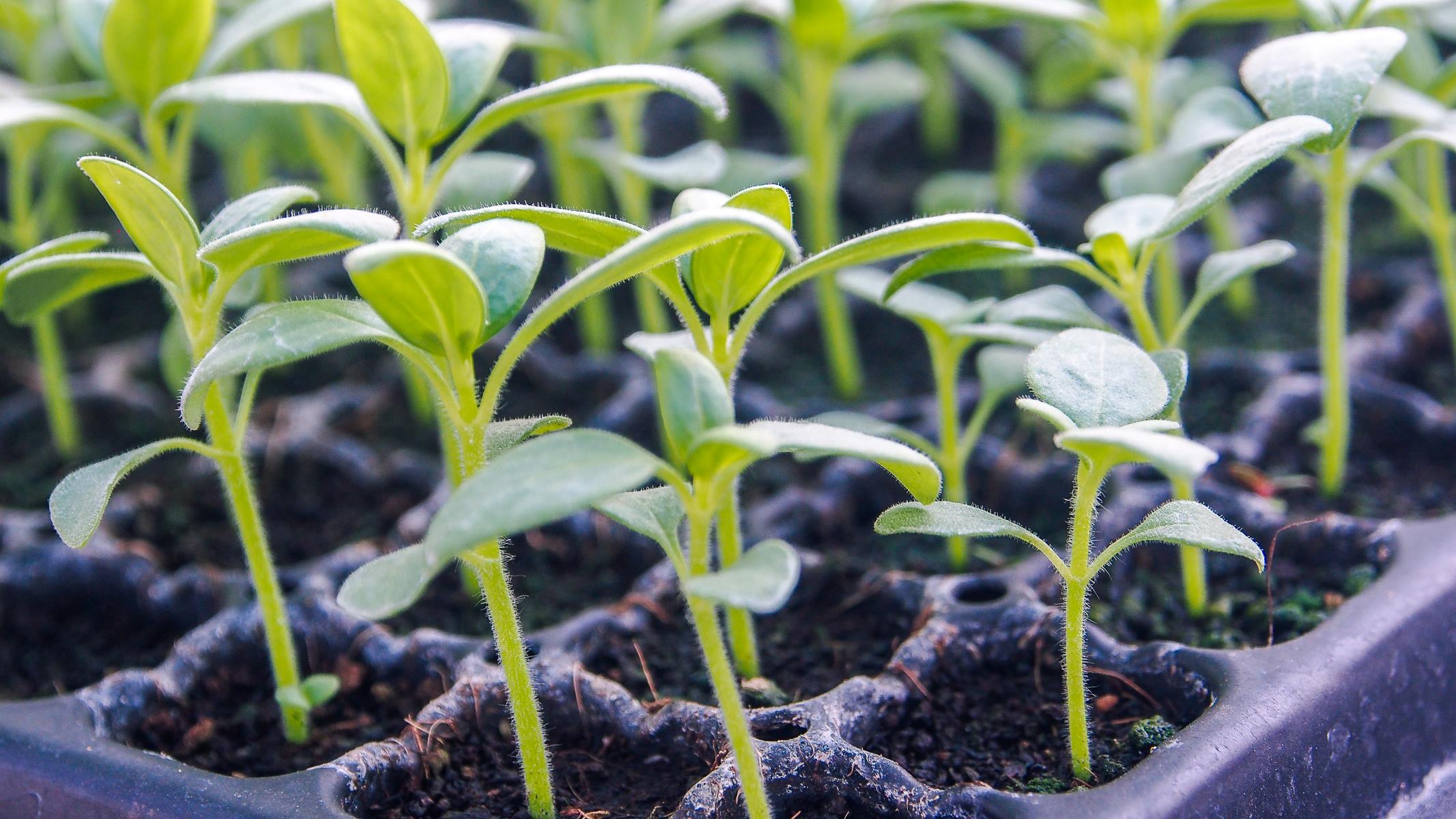
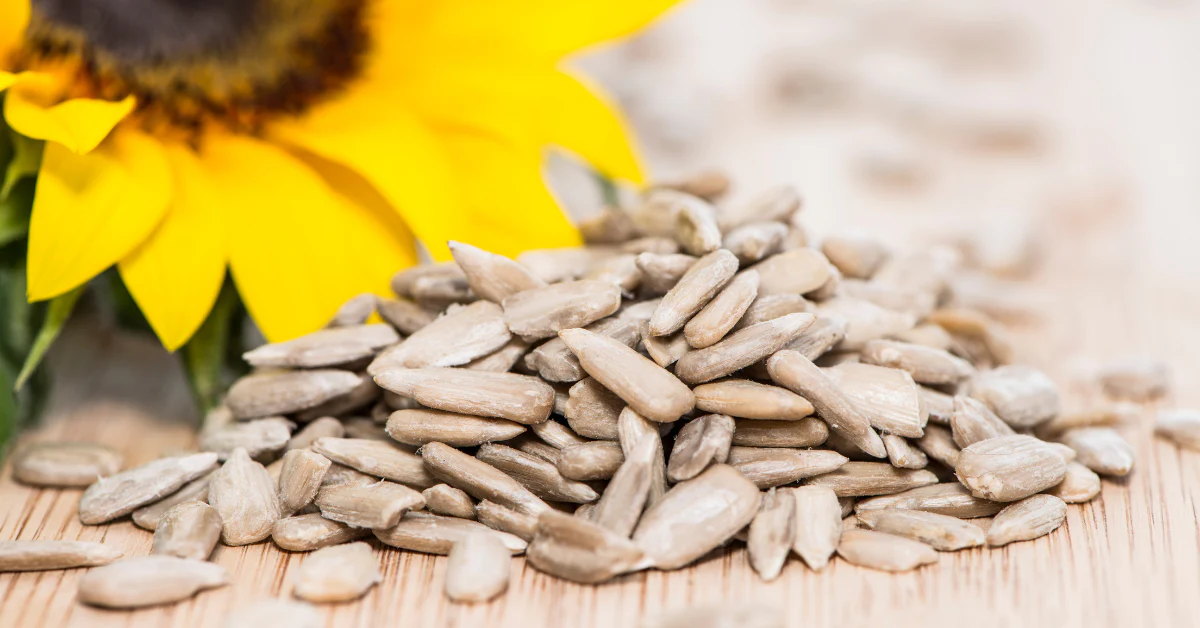
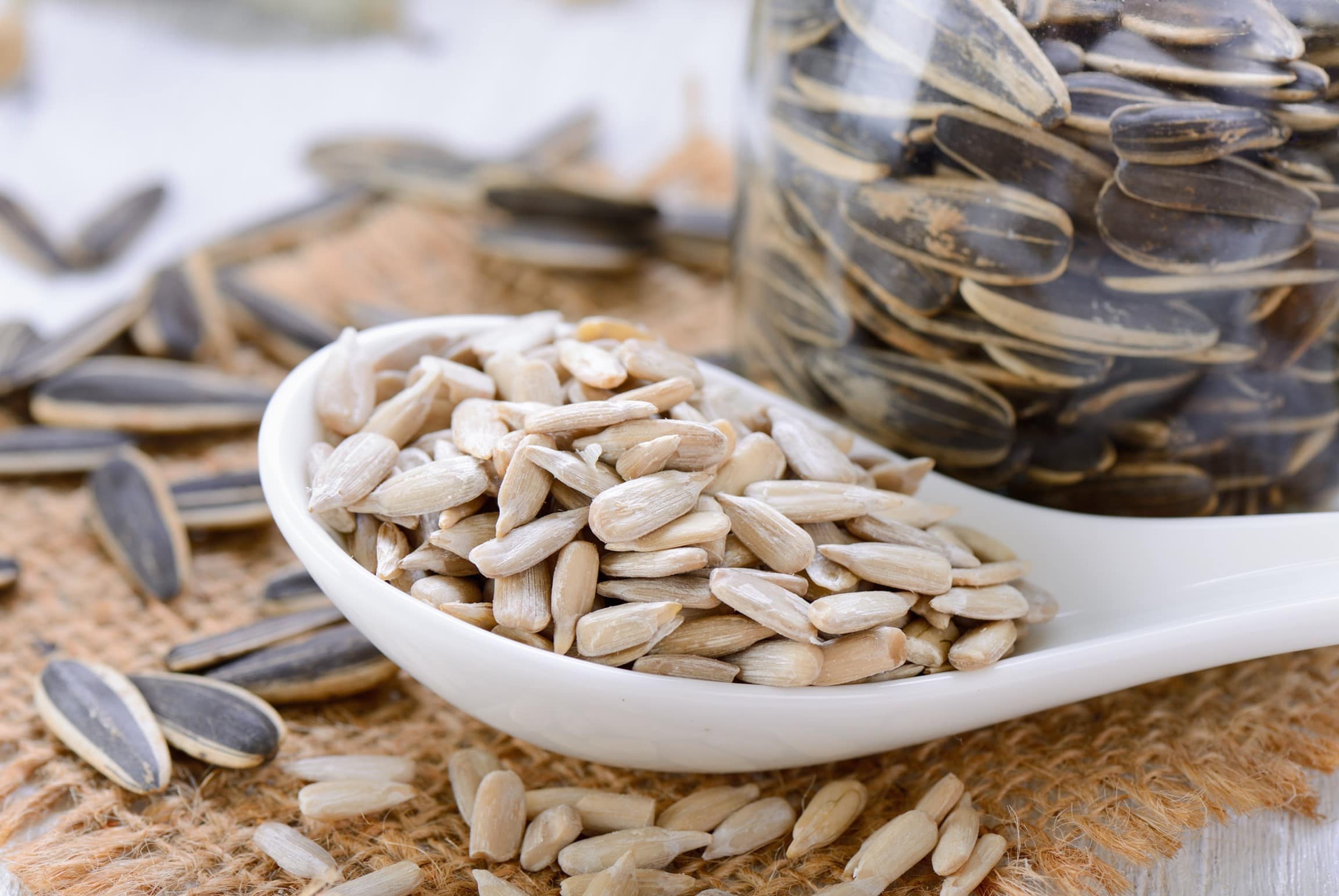

0 thoughts on “When To Plant Sunflower Seeds In Ohio”